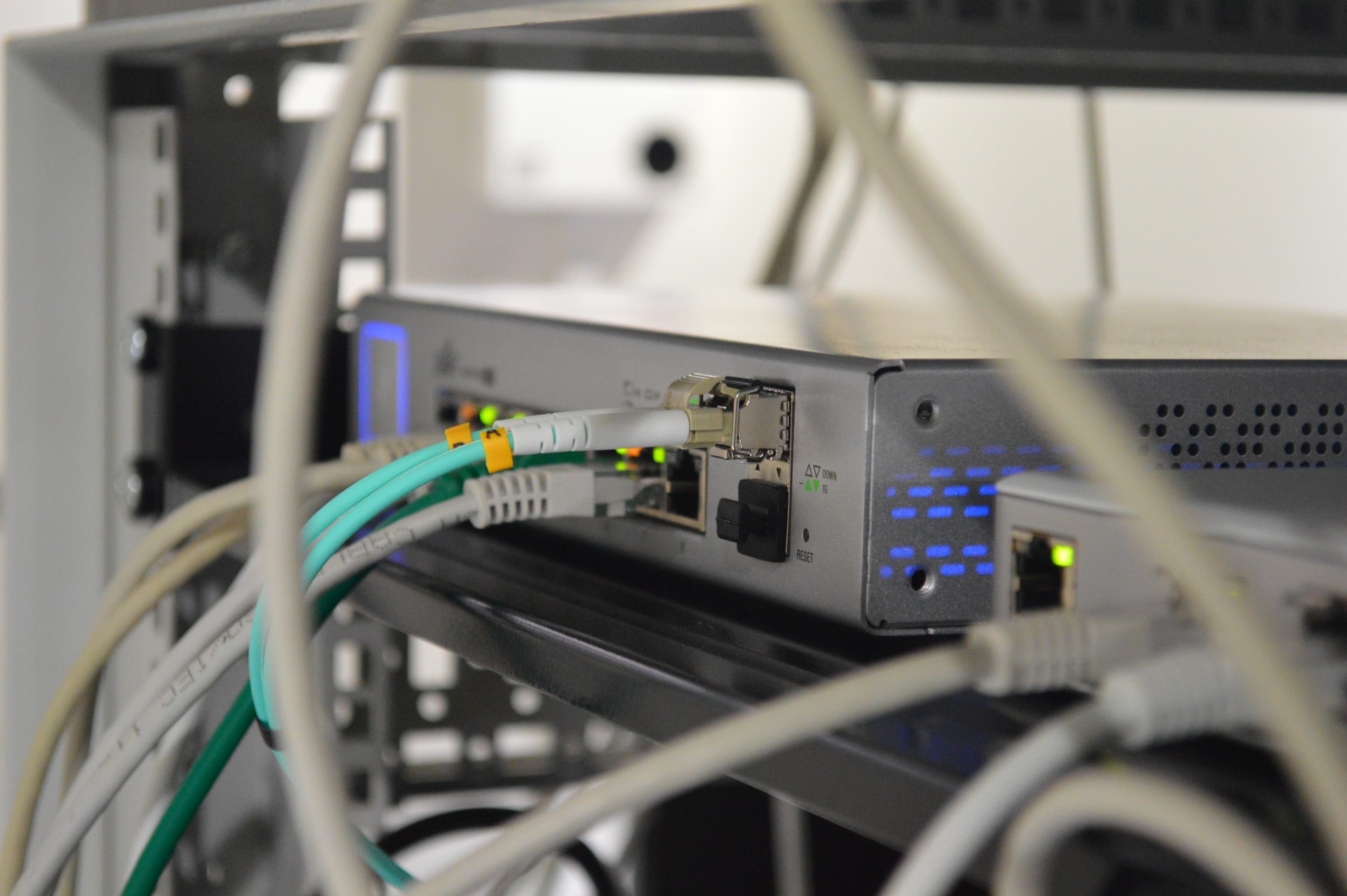In this article, we will try to help you choose a WiFi router for your home. Such a device generally has the same characteristics as models for apartments or offices, except for a few important parameters, because in most cases, in a private home, there is no fiber optic, as well as a large area of WiFi coverage is required.
With or without SIM card support
If you already have a fiber optic Internet connection in your home, it might make sense to choose a regular router with an RJ-45 WAN connector without SIM card support for mobile Internet. That would have been true a couple of years ago, but with the introduction of LTE, we would recommend not giving up the opportunity to have uninterrupted high-speed Internet. A private home is not an apartment building, very often you have to wait for the wizard to come, in case of a broken line or other problems. In this case, having a router with 4G support, you can simply insert a SIM card and use mobile Internet. This option is also a no-alternative if you don’t have the ability to run fiber optic. The best option is to use a router with a SIM card along with amplifying equipment.
WIFi Frequency
There are 2 options for 2.4 GHz and 5 GHz frequencies. If you choose a router for a private home, a 2.4 GHz single-band router is sufficient. The 5 GHz frequency is necessary for apartment buildings, where there is dense channel load and signal overlap due to the large number of routers and users. In this case, it is advisable to use a dual-band router, which has many non-intersecting channels. Also, the 2.4 GHz frequency transmits the signal over a longer distance, which will increase the coverage area.
Availability of Gigabit Ethernet ports
You can save money and limit your support to 100 Mbps. Gigabit internet in the private sector is rare, nor will you get such speeds from mobile internet for a long time to come. Although LTE can potentially give you speeds of 150 Mbit/sec, in reality it is much lower and will not exceed 100 Mbit/sec.
WiFi performance standards
In most cases, support for IEEE 802.11 b/g/n will be more than enough. This is quite enough to unleash the potential of your Internet channel, whether it is optical or LTE. A router supporting IEEE 802.11ac is advisable if you are a happy owner of a Gigabit fiber connection or if you are planning to use your device for many years, when our country will have faster wireless internet.
4G antenna support
If you plan to use mobile Internet is a must. Even with a good signal, such antennas can increase the speed and stabilize the Internet, especially during high base station load. For LTE models it is better to use antennas working on technology MIMO, for this purpose on the device must be present two outputs for antennas.
WiFi power
For a stable coverage of the house of 50 sq.m. choose a model with an antenna power of at least 5 dB. If you have a 2-storeyed house, thick walls or you want to have Internet connection in the area around the house, we recommend you not to pay attention to the router signal strength, and to use Wi-Fi repeaters or to organize WiFi Mesh networks.
Performance Stability
Almost all modern models from leading manufacturers work stably, even in the medium price segment. We advise you not to choose models, third-rate manufacturers, with unstable and rarely updated firmware. As for SIM-card devices, the most popular here are Huawei, ZTE, Alcatel.
To summarize.
In our article, we tried to answer the question – how to choose a router for a private home. For a low price, you can pick up a good device, because some features of modern models will not be in demand in the private sector, in particular Gigabit Ethernet ports and standard WiFI IEEE 802.11ac. An important feature will be support for 3G/4G SIM cards and LTE 1800/2600/900 MHz frequencies. If you have any questions please contact our specialists by any convenient way and we will help you to choose the perfect model taking into account all features of your house.
